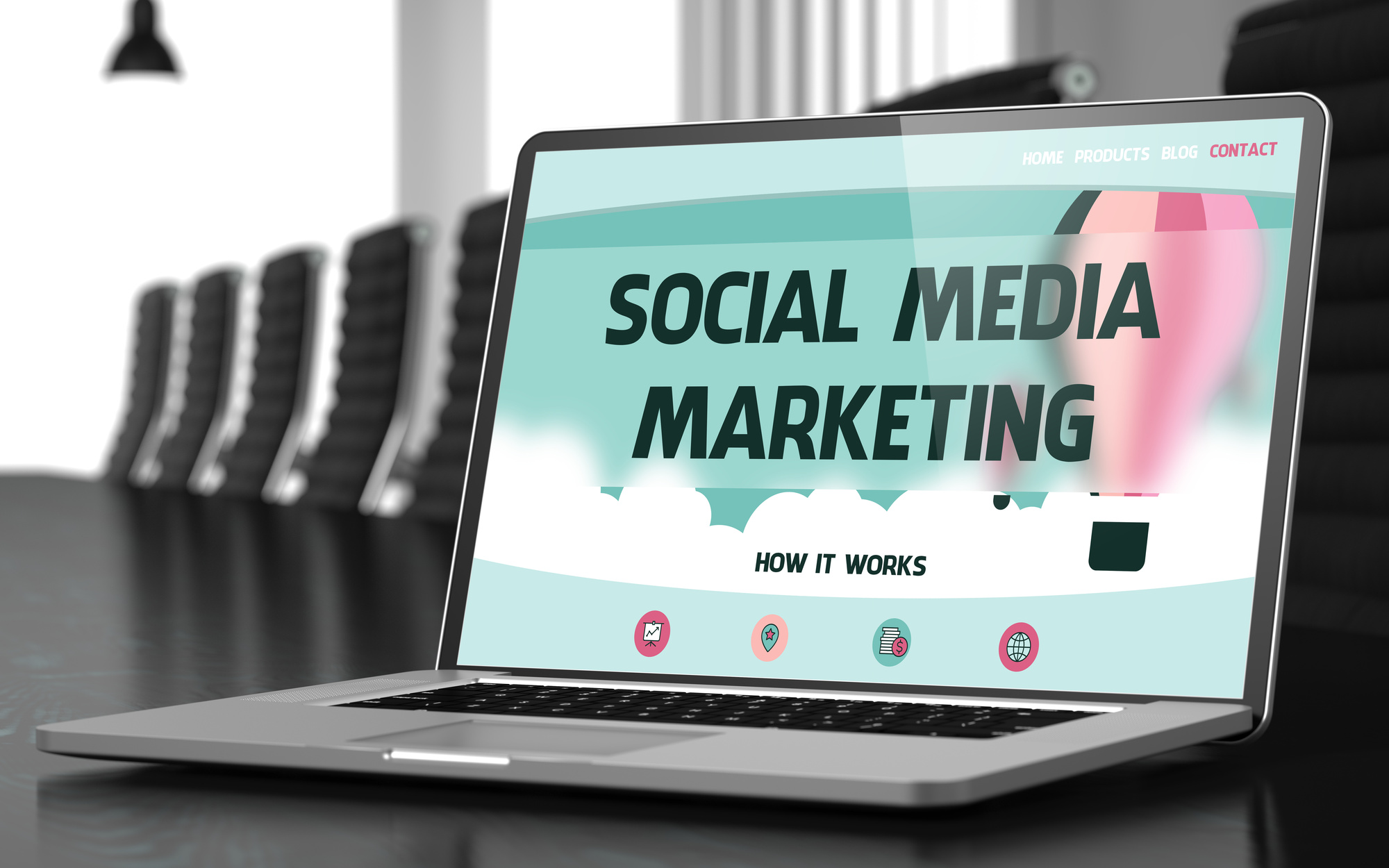In a world that is dominated by digital marketing, it’s essential to recognize the enduring significance of traditional marketing methods, particularly printed materials. While digital strategies like social media, email marketing, and online advertising have taken center stage, printed materials continue to hold their own unique place in the marketing mix. Here are some ideas on how traditional printed materials can coexist with digital marketing and why they remain a vital component of a well-rounded marketing strategy. Keep reading to find out more.
Targeted Engagement
Printed materials allow for a personalized connection with your audience. From direct mail campaigns to exhibition banners from Soyang Europe, these materials offer a unique opportunity to engage with potential customers in a way that resonates with their preferences and needs.
Multisensory Appeal
Unlike digital content, printed materials engage multiple senses. The texture of the paper, the smell of the ink, and the visual aesthetics all contribute to a more immersive experience. This multisensory engagement can leave a lasting impression on your audience.
Trust and Credibility
Printed materials convey trust and credibility in a digital landscape rife with scams and unreliable information. People tend to trust information they can hold in their hands, making printed materials an invaluable asset for establishing and reinforcing trust in your brand. Traditional marketing also allows you to make more of a connection with your audience.
Complementary Role
Printed materials should be seen as complementary to digital efforts, not in competition with them. Integrating QR codes or custom URLs on printed materials allows for seamless transitions between the physical and digital realms. This approach enhances your marketing strategy by directing print recipients to your online presence.
Tangible Souvenirs
Print materials, such as brochures and catalogs, serve as tangible souvenirs of your brand. They can be kept on shelves, coffee tables, or in office spaces, ensuring that your brand remains on your customers’ minds long after their initial interaction with your materials.
Accessibility and Inclusivity
Not everyone has consistent access to the Internet, and some people may prefer or require printed materials. By providing both digital and printed options, you make your content accessible to a broader audience.
Local Impact
Local businesses can greatly benefit from printed materials as they allow you to target specific geographic areas. Flyers, posters, and banners can be strategically placed in local communities to reach your intended audience directly.
Nostalgia and Longevity
Printed materials tap into a sense of nostalgia that resonates with many individuals. There’s something enduring and authentic about holding a physical piece of content. The longevity of printed materials is often underestimated, as they can be kept and revisited over time.
While digital marketing continues to evolve and thrive, traditional printed materials have not lost their relevance. Instead, they have found a harmonious place alongside their digital counterparts, offering unique advantages and fulfilling specific marketing needs. When thoughtfully integrated into your marketing strategy, printed materials can enhance the impact of your brand, engage your audience on multiple levels, and create a memorable and authentic connection in today’s digital world.










